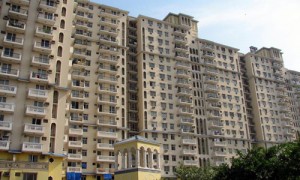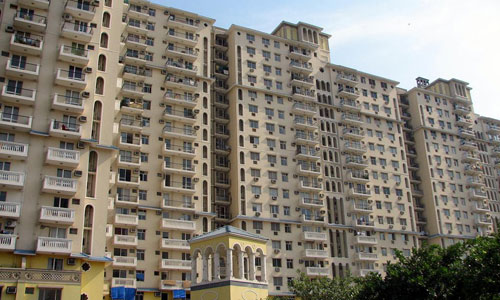 Housing supply is estimated to fall short of demand by 1.3 million units in seven major cities of the country during the next five years, according to a report by global property consultant Cushman & Wakefield.
Housing supply is estimated to fall short of demand by 1.3 million units in seven major cities of the country during the next five years, according to a report by global property consultant Cushman & Wakefield.
Cushman & Wakefield (C&W) has estimated “a total demand of 2.3 million units of residential property in the next five years, while the estimated supply in the same period is expected to be approximately 1 million units, leaving a shortfall of over 1.3 million units”.
In its report ‘Embracing Change — Scripting the future of Indian Real Estate’, C&W conducted the survey in the National Capital Region (NCR), Mumbai, Bangalore, Chennai, Hyderabad, Pune and Kolkata for 2011-2015 period.
“The housing demand-supply scenario and the resulting gap is likely to reduce in the next five years. However, the upcoming supply needs to be priced judiciously along with appropriate location, infrastructure, connectivity, relevant features and amenities to ensure absorption,” C&W India Executive Director Akshay Kulkarni said.
The report said NCR is expected to record highest demand of over 7 lakh units, followed by Mumbai and Bangalore with demands of 6.51 lakh units and 2.87 lakh units, respectively.
The study further said the mid-range housing segment is expected to drive the maximum demand of 45%.
“Majority of the developers in the top seven cities are concentrating on this segment, which would help reduce the supply-demand gap,” it added.
Besides, the affordable housing segment is likely to register about three times more demand than supply and it will see the gap increasing during the next five years, C&W said.
The report points out that this anticipated demand is likely to push property prices upwards, especially in markets like NCR, Mumbai and Bangalore where the demand supply gap will be very high. On the other hand, the tier II cities such as Pune, Hyderabad, etc, as a result of the relatively lower demand supply gap between 2011-15 in tier II cities, are likely to see appreciation of capital values at a slower pace compared to the tier I cities during this time period.
“The present economic situation may be viewed as a transitory point for the real estate dynamics in India. Although, the market looks positive in the medium term with considerable demand across sectors, the industry seems to be affected by the rising interest rates, rise in construction costs and inflation. However the long term perspective suggests that the sector will continue to witness demand in all as,” says Anurag Mathur, Managing Director, Cushman & Wakefield India.
“We understand that majority of the supply will be for mid-ranged housing. However, there is a very large latent demand for lower income group (LIG) and economically weaker sections (EWS) housing,” Kulkarni said.
Several states across India are considering allocating a percentage of developed land to LIG and EWS segments in order to meet the demand arising from this segment, he added.





